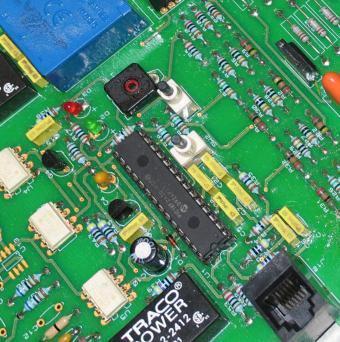DC-safe: Insulation resistance monitoring
Our DC-safe® technology measures the insulation resistance in direct current (DC) systems on a regular basis and triggers an alarm when the resistance drops beneath a previously defined value.
Advantages
Beyond mere fault detection, DC-safe® also calculates the actual value of the insulation resistance, which enables to monitor it and take preventive action before an actual problem occurs.
In case a problem does occur, DC-safe® pinpoints the location where the insulation failure occurred, enabling an efficient service intervention. This is especially important since insulation failures are often intermittent and notoriously hard to locate.

Application
The DC-safe® technology has proven its value on more than 250 hybrid buses all over Europe.
DC-safe® is patented (EP1265076).
It can be implemented in a very compact way in a micro-controller using very few external components.
